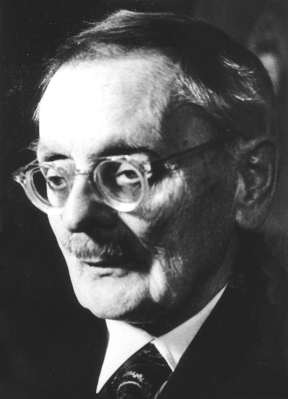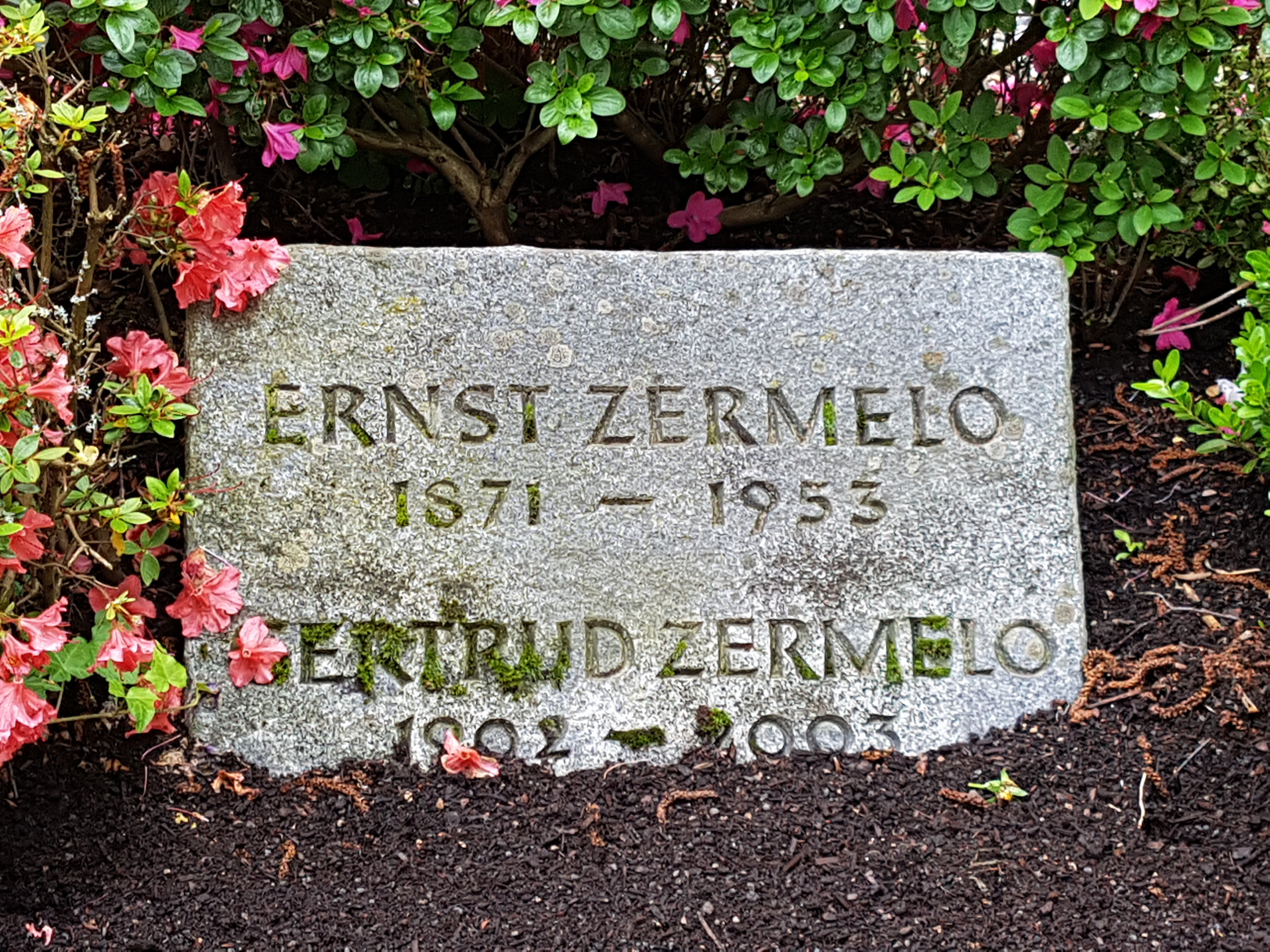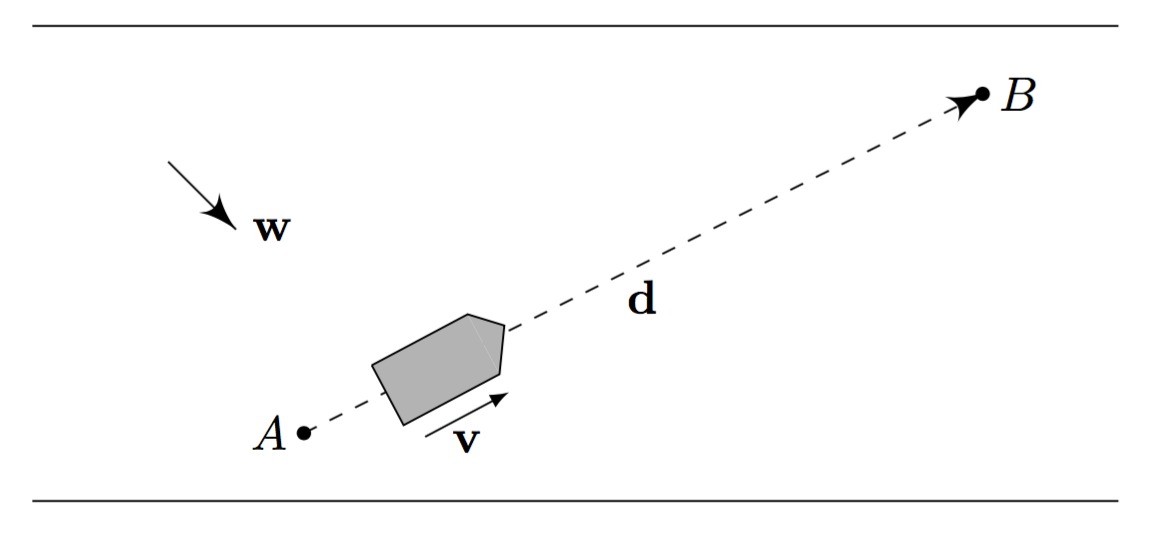|
Zermelo
Ernst Friedrich Ferdinand Zermelo (, ; 27 July 187121 May 1953) was a German logician and mathematician, whose work has major implications for the foundations of mathematics. He is known for his role in developing Zermelo–Fraenkel axiomatic set theory and his proof of the well-ordering theorem. Furthermore, his 1929 work on ranking chess players is the first description of a model for pairwise comparison that continues to have a profound impact on various applied fields utilizing this method. Life Ernst Zermelo graduated from Berlin's Luisenstädtisches Gymnasium (now ) in 1889. He then studied mathematics, physics and philosophy at the University of Berlin, the University of Halle, and the University of Freiburg. He finished his doctorate in 1894 at the University of Berlin, awarded for a dissertation on the calculus of variations (''Untersuchungen zur Variationsrechnung''). Zermelo remained at the University of Berlin, where he was appointed assistant to Planck, under whose ... [...More Info...] [...Related Items...] OR: [Wikipedia] [Google] [Baidu] |
Ernst Zermelo
Ernst Friedrich Ferdinand Zermelo (, ; 27 July 187121 May 1953) was a German logician and mathematician, whose work has major implications for the foundations of mathematics. He is known for his role in developing Zermelo–Fraenkel axiomatic set theory and his proof of the well-ordering theorem. Furthermore, his 1929 work on ranking chess players is the first description of a model for pairwise comparison that continues to have a profound impact on various applied fields utilizing this method. Life Ernst Zermelo graduated from Berlin's Luisenstädtisches Gymnasium (now ) in 1889. He then studied mathematics, physics and philosophy at the University of Berlin, the University of Halle, and the University of Freiburg. He finished his doctorate in 1894 at the University of Berlin, awarded for a dissertation on the calculus of variations (''Untersuchungen zur Variationsrechnung''). Zermelo remained at the University of Berlin, where he was appointed assistant to Planck, under whose ... [...More Info...] [...Related Items...] OR: [Wikipedia] [Google] [Baidu] |
Zermelo's Theorem (game Theory)
In game theory, Zermelo's theorem is a theorem about finite two-person games of perfect information in which the players move alternately and in which chance does not affect the decision making process. It says that if the game cannot end in a draw, then one of the two players must have a winning strategy (i.e. can force a win). An alternate statement is that for a game meeting all of these conditions except the condition that a draw is now possible, then either the first-player can force a win, or the second-player can force a win, or both players can at least force a draw. The theorem is named after Ernst Zermelo, a German mathematician and logician, who proved the theorem for the example game of chess in 1913. Example Zermelo's Theorem can be applied to all finite-stage two-player games with complete information and alternating moves. The game must satisfy the following criteria: there are two players in the game; the game is of perfect information; the board game is finite ... [...More Info...] [...Related Items...] OR: [Wikipedia] [Google] [Baidu] |
Zermelo Set Theory
Zermelo set theory (sometimes denoted by Z-), as set out in a seminal paper in 1908 by Ernst Zermelo, is the ancestor of modern Zermelo–Fraenkel set theory (ZF) and its extensions, such as von Neumann–Bernays–Gödel set theory (NBG). It bears certain differences from its descendants, which are not always understood, and are frequently misquoted. This article sets out the original axioms, with the original text (translated into English) and original numbering. The axioms of Zermelo set theory The axioms of Zermelo set theory are stated for objects, some of which (but not necessarily all) are sets, and the remaining objects are urelements and not sets. Zermelo's language implicitly includes a membership relation ∈, an equality relation = (if it is not included in the underlying logic), and a unary predicate saying whether an object is a set. Later versions of set theory often assume that all objects are sets so there are no urelements and there is no need for the unary p ... [...More Info...] [...Related Items...] OR: [Wikipedia] [Google] [Baidu] |
Zermelo–Fraenkel Set Theory
In set theory, Zermelo–Fraenkel set theory, named after mathematicians Ernst Zermelo and Abraham Fraenkel, is an axiomatic system that was proposed in the early twentieth century in order to formulate a theory of sets free of paradoxes such as Russell's paradox. Today, Zermelo–Fraenkel set theory, with the historically controversial axiom of choice (AC) included, is the standard form of axiomatic set theory and as such is the most common foundation of mathematics. Zermelo–Fraenkel set theory with the axiom of choice included is abbreviated ZFC, where C stands for "choice", and ZF refers to the axioms of Zermelo–Fraenkel set theory with the axiom of choice excluded. Informally, Zermelo–Fraenkel set theory is intended to formalize a single primitive notion, that of a hereditary well-founded set, so that all entities in the universe of discourse are such sets. Thus the axioms of Zermelo–Fraenkel set theory refer only to pure sets and prevent its models from containing u ... [...More Info...] [...Related Items...] OR: [Wikipedia] [Google] [Baidu] |
Zermelo's Navigation Problem
In mathematical optimization, Zermelo's navigation problem, proposed in 1931 by Ernst Zermelo, is a classic optimal control problem that deals with a boat navigating on a body of water, originating from a point A to a destination point B. The boat is capable of a certain maximum speed, and the goal is to derive the best possible control to reach B in the least possible time. Without considering external forces such as current and wind, the optimal control is for the boat to always head towards B. Its path then is a line segment from A to B, which is trivially optimal. With consideration of current and wind, if the combined force applied to the boat is non-zero the control for no current and wind does not yield the optimal path. History In his 1931 article, Ernst Zermelo formulates the following problem: This is an extension of the classical optimisation problem for geodesics – minimising the length of a curve I = \int_a^b \sqrt\, d x connecting points A and B , with the a ... [...More Info...] [...Related Items...] OR: [Wikipedia] [Google] [Baidu] |
Well-ordering Theorem
In mathematics, the well-ordering theorem, also known as Zermelo's theorem, states that every set can be well-ordered. A set ''X'' is ''well-ordered'' by a strict total order if every non-empty subset of ''X'' has a least element under the ordering. The well-ordering theorem together with Zorn's lemma are the most important mathematical statements that are equivalent to the axiom of choice (often called AC, see also ). Ernst Zermelo introduced the axiom of choice as an "unobjectionable logical principle" to prove the well-ordering theorem. One can conclude from the well-ordering theorem that every set is susceptible to transfinite induction, which is considered by mathematicians to be a powerful technique. One famous consequence of the theorem is the Banach–Tarski paradox. History Georg Cantor considered the well-ordering theorem to be a "fundamental principle of thought". However, it is considered difficult or even impossible to visualize a well-ordering of \mathbb; such a ... [...More Info...] [...Related Items...] OR: [Wikipedia] [Google] [Baidu] |
Well-ordering Theorem
In mathematics, the well-ordering theorem, also known as Zermelo's theorem, states that every set can be well-ordered. A set ''X'' is ''well-ordered'' by a strict total order if every non-empty subset of ''X'' has a least element under the ordering. The well-ordering theorem together with Zorn's lemma are the most important mathematical statements that are equivalent to the axiom of choice (often called AC, see also ). Ernst Zermelo introduced the axiom of choice as an "unobjectionable logical principle" to prove the well-ordering theorem. One can conclude from the well-ordering theorem that every set is susceptible to transfinite induction, which is considered by mathematicians to be a powerful technique. One famous consequence of the theorem is the Banach–Tarski paradox. History Georg Cantor considered the well-ordering theorem to be a "fundamental principle of thought". However, it is considered difficult or even impossible to visualize a well-ordering of \mathbb; such a ... [...More Info...] [...Related Items...] OR: [Wikipedia] [Google] [Baidu] |
Foundations Of Mathematics
Foundations of mathematics is the study of the philosophy, philosophical and logical and/or algorithmic basis of mathematics, or, in a broader sense, the mathematical investigation of what underlies the philosophical theories concerning the nature of mathematics. In this latter sense, the distinction between foundations of mathematics and philosophy of mathematics turns out to be quite vague. Foundations of mathematics can be conceived as the study of the basic mathematical concepts (set, function, geometrical figure, number, etc.) and how they form hierarchies of more complex structures and concepts, especially the fundamentally important structures that form the language of mathematics (formulas, theories and their model theory, models giving a meaning to formulas, definitions, proofs, algorithms, etc.) also called metamathematics, metamathematical concepts, with an eye to the philosophical aspects and the unity of mathematics. The search for foundations of mathematics is a cent ... [...More Info...] [...Related Items...] OR: [Wikipedia] [Google] [Baidu] |
Zermelo Ordinal
In mathematics, the natural numbers are those numbers used for counting (as in "there are ''six'' coins on the table") and ordering (as in "this is the ''third'' largest city in the country"). Numbers used for counting are called ''cardinal numbers'', and numbers used for ordering are called ''ordinal numbers''. Natural numbers are sometimes used as labels, known as ''nominal numbers'', having none of the properties of numbers in a mathematical sense (e.g. sports jersey numbers). Some definitions, including the standard ISO 80000-2, begin the natural numbers with , corresponding to the non-negative integers , whereas others start with , corresponding to the positive integers Texts that exclude zero from the natural numbers sometimes refer to the natural numbers together with zero as the whole numbers, while in other writings, that term is used instead for the integers (including negative integers). The natural numbers form a set. Many other number sets are built by success ... [...More Info...] [...Related Items...] OR: [Wikipedia] [Google] [Baidu] |
Hermann Schwarz
Karl Hermann Amandus Schwarz (; 25 January 1843 – 30 November 1921) was a German mathematician, known for his work in complex analysis. Life Schwarz was born in Hermsdorf, Silesia (now Jerzmanowa, Poland). In 1868 he married Marie Kummer, who was the daughter to the mathematician Ernst Eduard Kummer and Ottilie née Mendelssohn (a daughter of Nathan Mendelssohn's and granddaughter of Moses Mendelssohn). Schwarz and Kummer had six children, including his daughter Emily Schwarz. Schwarz originally studied chemistry in Berlin but Ernst Eduard Kummer and Karl Theodor Wilhelm Weierstrass persuaded him to change to mathematics. He received his Ph.D. from the Universität Berlin in 1864 and was advised by Kummer and Weierstrass. Between 1867 and 1869 he worked at the University of Halle, then at the Swiss Federal Polytechnic. From 1875 he worked at Göttingen University, dealing with the subjects of complex analysis, differential geometry and the calculus of variations ... [...More Info...] [...Related Items...] OR: [Wikipedia] [Google] [Baidu] |
Pairwise Comparison
Pairwise comparison generally is any process of comparing entities in pairs to judge which of each entity is preferred, or has a greater amount of some quantitative property, or whether or not the two entities are identical. The method of pairwise comparison is used in the scientific study of preferences, attitudes, voting systems, social choice, public choice, requirements engineering and multiagent AI systems. In psychology literature, it is often referred to as paired comparison. Prominent psychometrician L. L. Thurstone first introduced a scientific approach to using pairwise comparisons for measurement in 1927, which he referred to as the law of comparative judgment. Thurstone linked this approach to psychophysical theory developed by Ernst Heinrich Weber and Gustav Fechner. Thurstone demonstrated that the method can be used to order items along a dimension such as preference or importance using an interval-type scale. Mathematician Ernst Zermelo (1929) first described ... [...More Info...] [...Related Items...] OR: [Wikipedia] [Google] [Baidu] |
Lazarus Fuchs
Lazarus Immanuel Fuchs (5 May 1833 – 26 April 1902) was a Jewish-German mathematician who contributed important research in the field of linear differential equations. He was born in Moschin (Mosina) (located in Grand Duchy of Posen) and died in Berlin, Germany. He was buried in Schöneberg in the St. Matthew's Cemetery. His grave in section H is preserved and listed as a grave of honour of the State of Berlin. He is the eponym of Fuchsian groups and functions, and the Picard–Fuchs equation. A singular point ''a'' of a linear differential equation :y''+p(x)y'+q(x)y=0 is called Fuchsian if ''p'' and ''q'' are meromorphic around the point ''a'', and have poles of orders at most 1 and 2, respectively. According to a theorem of Fuchs, this condition is necessary and sufficient for the regularity of the singular point, that is, to ensure the existence of two linearly independent solutions of the form : y_j=\sum_^\infty a_(x-x_0)^,\quad a_0\ne0\,\quad j=1,2. where the expo ... [...More Info...] [...Related Items...] OR: [Wikipedia] [Google] [Baidu] |


